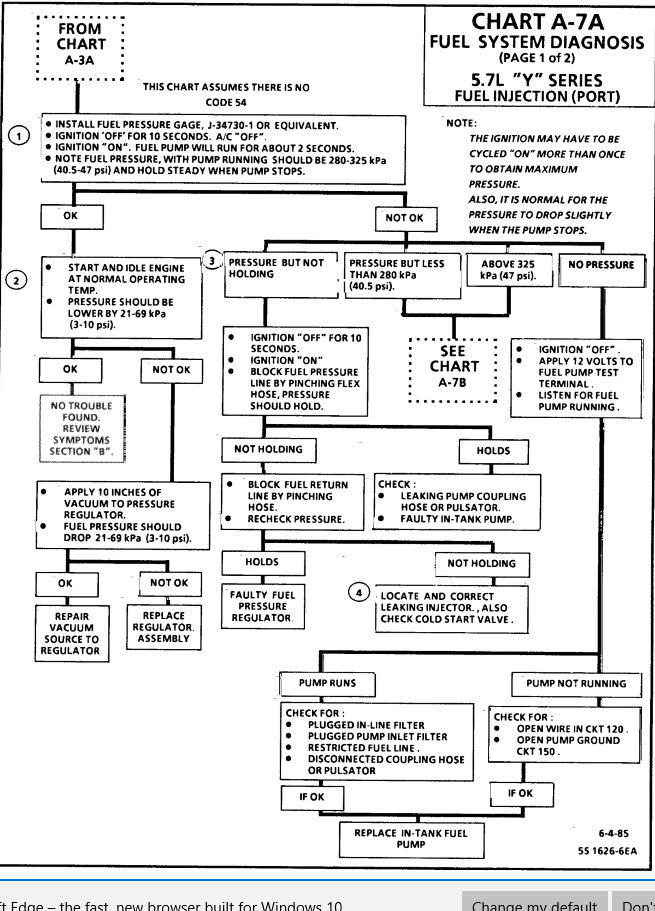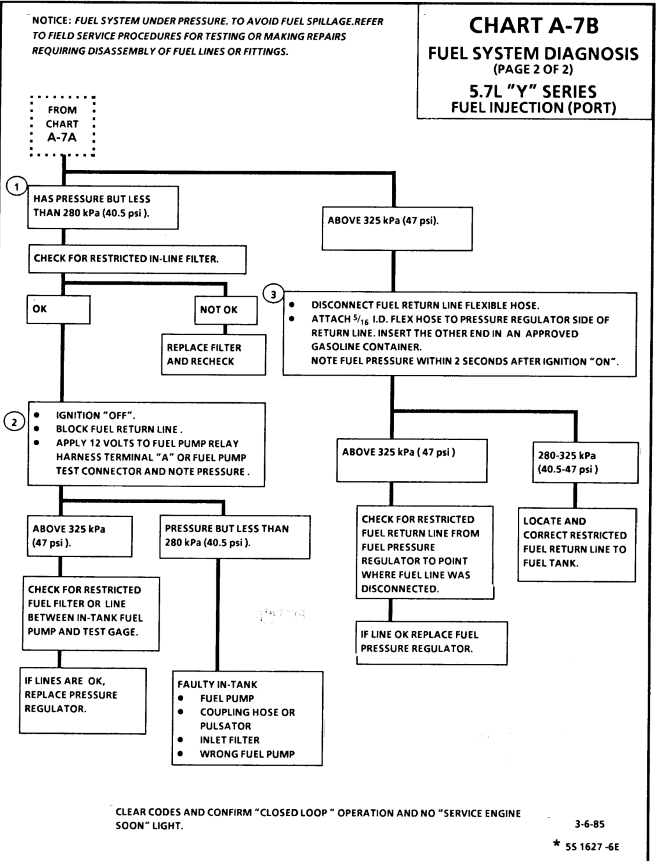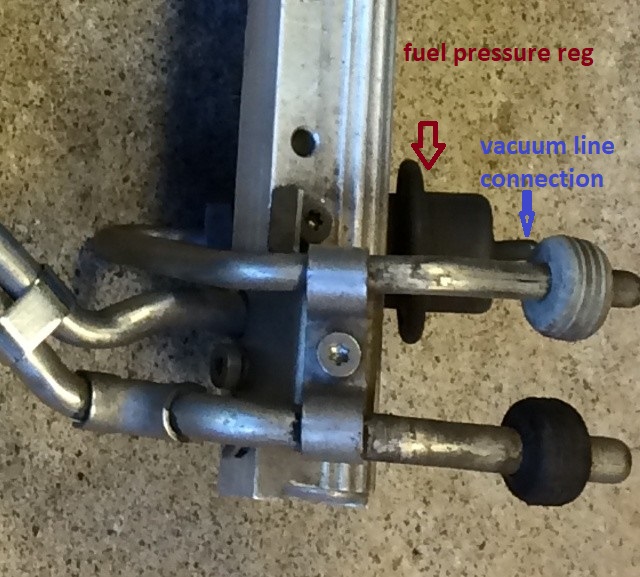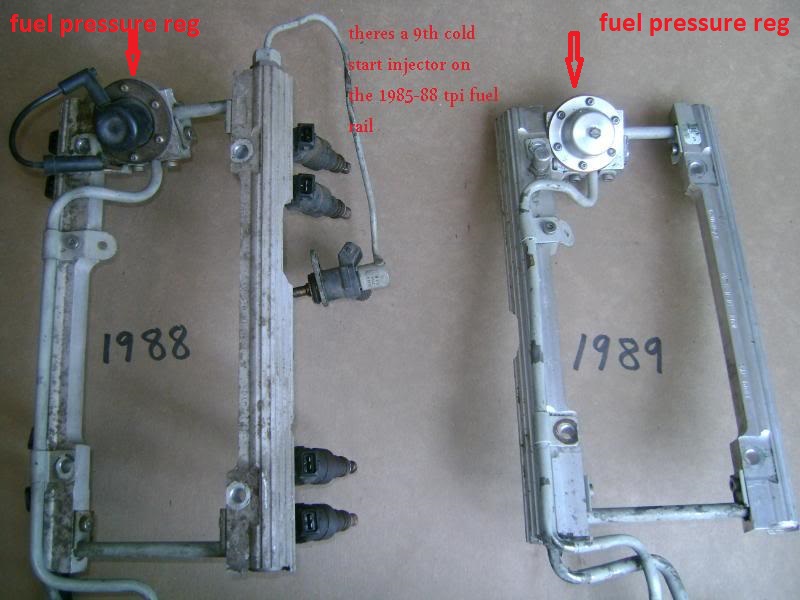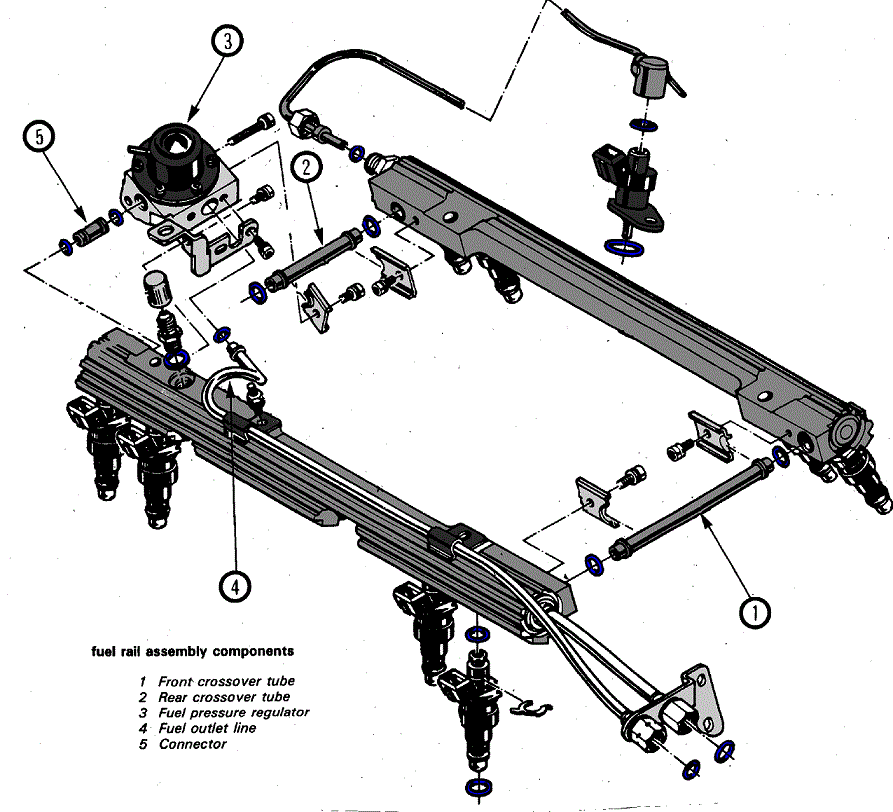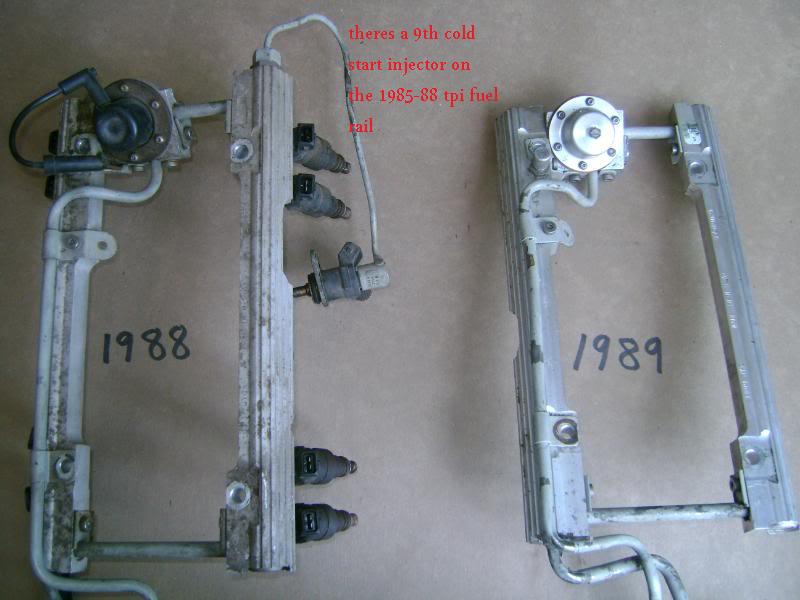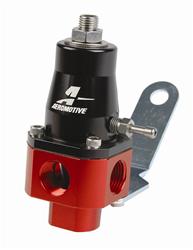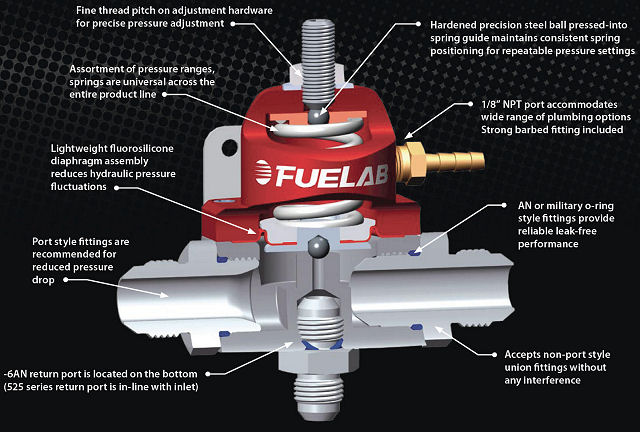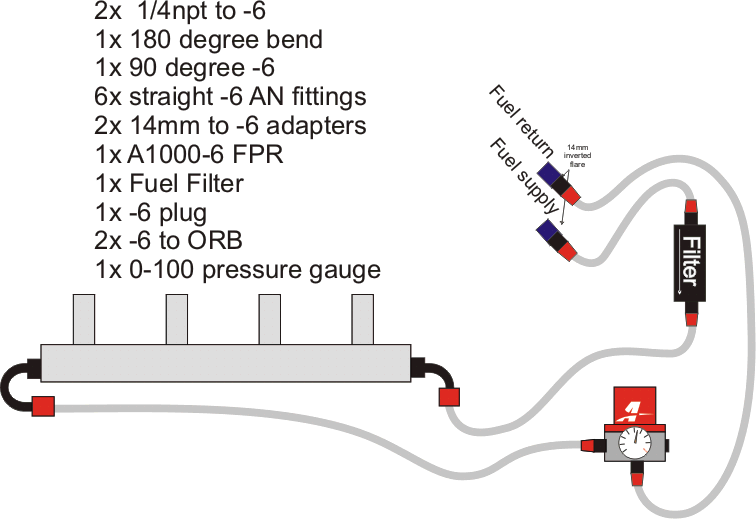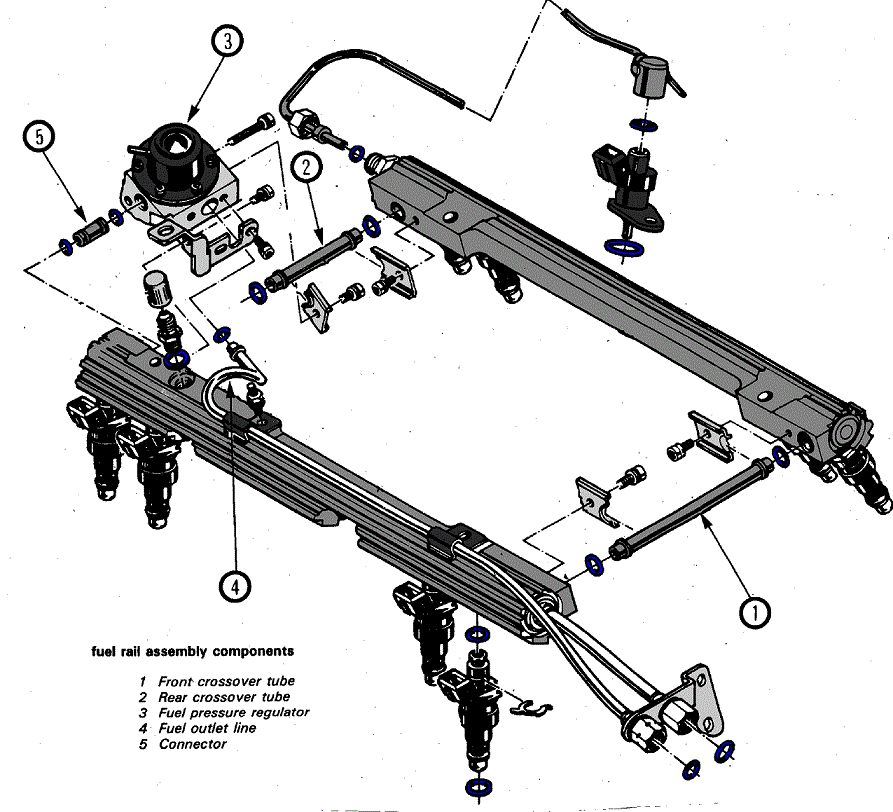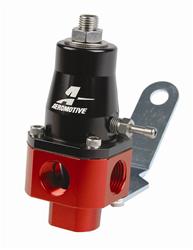2Loose
reliable source of info
Fitting together the fuel and exhaust systems
Had to pull off this right side header to get a drill in
for the last two fuel line mounts....

The header is going to be close...
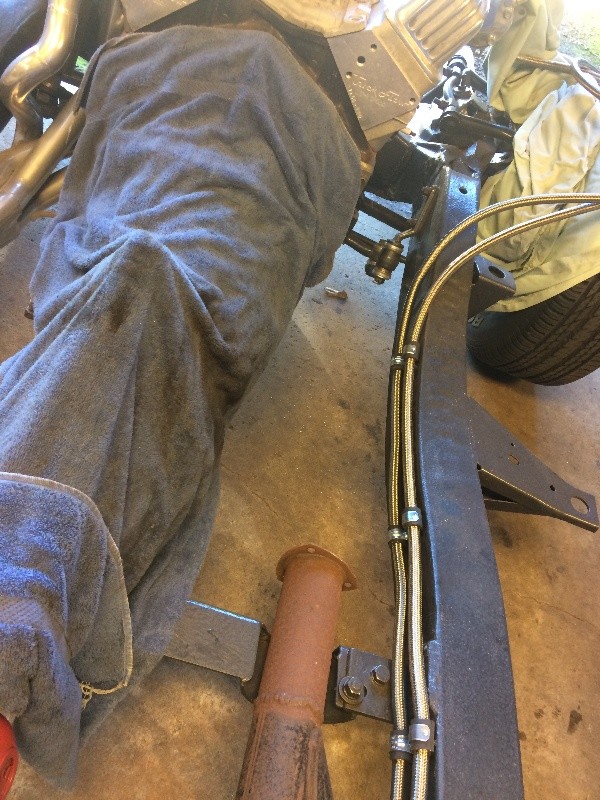
Yes, I'm going to need some insulation for those fuel lines
to protect them from the exhaust heat

Or, wrap the exhaust system to keep the heat away from the fuel lines...
More Later....
Had to pull off this right side header to get a drill in
for the last two fuel line mounts....
The header is going to be close...
Yes, I'm going to need some insulation for those fuel lines
to protect them from the exhaust heat
Or, wrap the exhaust system to keep the heat away from the fuel lines...
More Later....

